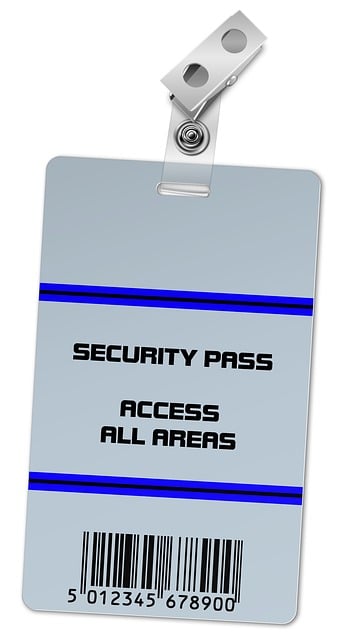The National Crime Prevention Council states, “Identification cards for students, faculty, staff, and visitors increase the visibility of individuals who do not belong in the school building and make the facility safer for all who use it.”
School IDs have become an integral part of daily life for students, teachers, and staff at Putnam City West. Around a year ago, Putnam City Schools began requiring high school students to wear their IDs. Students were warned about consequences for not wearing them, including in-school suspension (ISR) for a day or more, a reminder sent home, and, in some cases, detention for repeated violations.
Despite these measures, many students are not consistently wearing their IDs, often due to forgetting or perceiving them as unimportant. “School IDs are really important because they can help keep students safe,” says freshman Jared Chamale.
One challenge is that students receive their IDs early in the school year, making it easier to lose them over time. Additionally, some students feel embarrassed about wearing their photos visibly around their necks.
Teachers also face difficulties enforcing the ID policy, which some view as too time-consuming. “I had high hopes for IDs, but they’ve become more of an afterthought,” says freshman Giovanni Guzman.
To improve compliance, IDs could be made more functional. For instance, they could be required for lunch purchases instead of entering an ID number, for afterschool event admission, or for entry to school buildings.
Teachers could also help enforce the policy without disrupting class time. A simple check as students enter the classroom, paired with a quick conversation about consequences for non-compliance, could be effective.
Another solution is to make IDs easier for students to carry. For example, IDs could be designed as pins or incorporated into backpacks so they can be detected by metal detectors during school entry. This approach would reduce the burden on teachers and ensure students are consistently prepared.
By addressing these issues, schools can make IDs more functional and ensure compliance, benefiting both students and the school community.





















